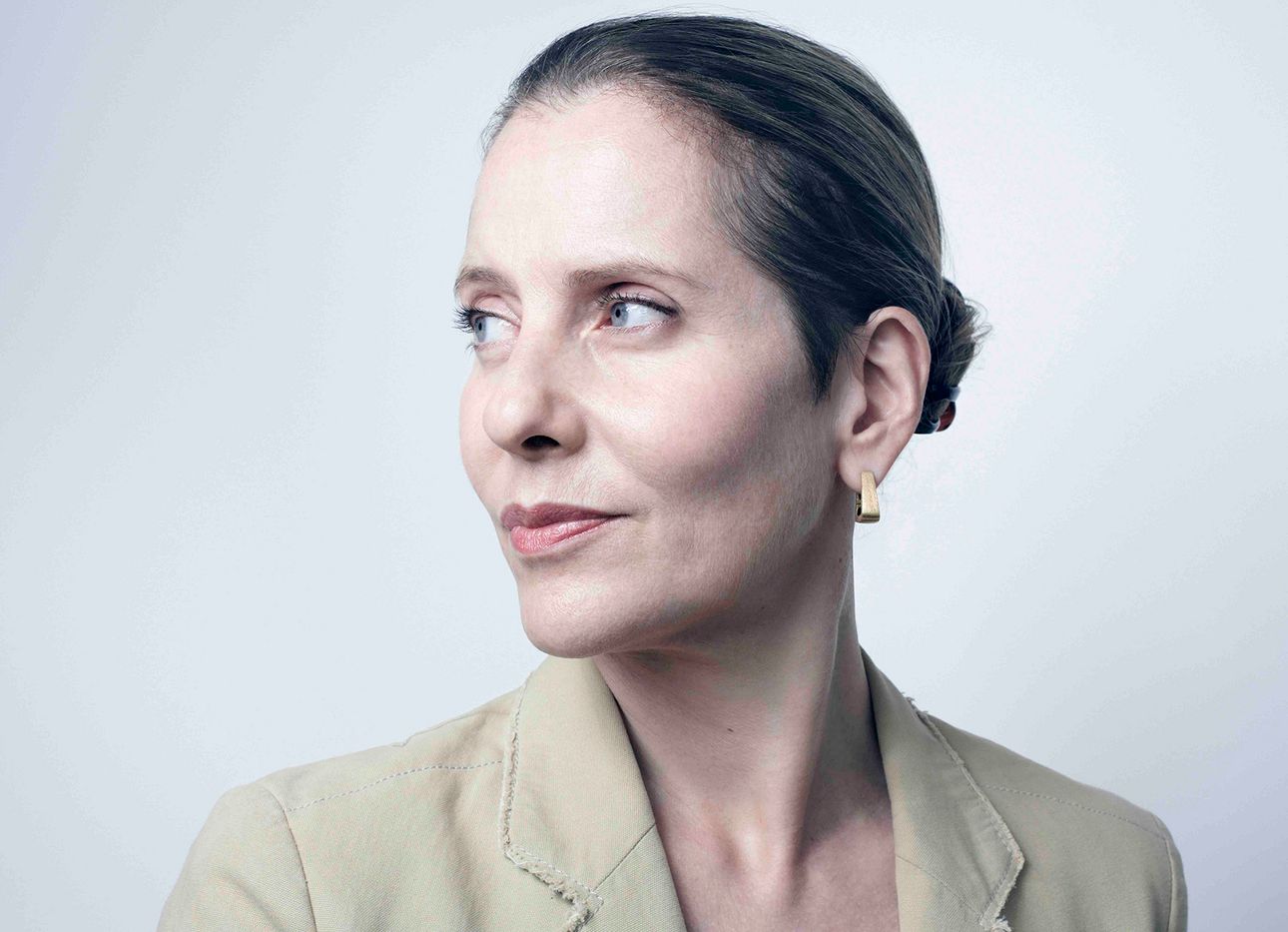
MoMA Curator Paola Antonelli on Pandemics and Protests
For more than 25 years, Paola Antonelli, the director of R&D and senior curator of design and architecture at New York’s Museum of Modern Art, has critically expanded and challenged our understanding of design, with an astute and forward-looking perspective on the systems, objects, and environments that make up modern society. As chief curator of last year’s Milan Triennial, “Broken Nature,” she turned heads with the provocative idea that, in the face of environmental collapse, design should play a hand in creating a more “elegant ending” to mankind’s inevitable demise. With her latest project, Design Emergency, Antonelli has teamed with renowned London-based design critic Alice Rawsthorn to explore the role design has played—and could play—in addressing the global Covid-19 pandemic. Together, Antonelli and Rawsthorn are tracking and highlighting crucial developments and needs, amplifying the work of designers engaged in health care and social justice, and co-hosting weekly Instagram Live talks. We recently caught up with Antonelli, who’s been working remotely from home in Manhattan since the onset of the pandemic. (For more, listen to Spencer and Andrew interview Antonelli on Ep. 25 of our At a Distance podcast.)
How did you both decide to join forces for Design Emergency, and what would be the goal or ideal outcome of this project?
Alice and I have been friends and colleagues and peers for such a long time. We love and admire each other. We also know that we have some power, because of her incredible record as a critic and journalist, and for me, with MoMA and the curatorial work I’ve done. So when this emergency happened—and at the time that we started talking about it, it was centered on Covid-19—we decided to do something about it. To start, we’ve begun hosting a series of Instagram Live discussions once a week. Most of the time, these will feature a guest, and other times they are duets between the two of us. This is in addition to our posting, but we’re really very much at the beginning. Next, we’re going to publish a book about this particular topic—design for the Covid-19 pandemic.
Alice already has an amazing and informative Instagram feed, so @designemergency became a way for the two of us to join forces and really show the power of design in situations of emergency and of need—to show that design is so diverse as to go well beyond the traditional definition of form-giving, or “form follows function,” to show how lively design has been throughout this crisis, and to once again argue for design to get a rightful and deserved seat at the table of policy-making and political discussions in general. And, in many ways, to take the opportunity to do what she and I have been trying to do throughout our entire careers, which is to demonstrate the fundamental importance of design in society.
What has it been like to steer and structure this project in the face of constant, drastic developments unfolding in real time, and all around the world?
For now, we’re trying to really talk about the Covid-19 pandemic. But, of course, when we talk about “design emergencies,” there are always many to address, and the idea is to see how this larger project can mutate, change, and evolve to take on different subjects in the future. What we’ve seen in the past several weeks—with the police brutality, the murders, and the protests happening worldwide—is another huge emergency. I think it’s not time yet to highlight the role of design in this movement, because while design has some space in it, it’s really about a set of political issues that need to change, and that society is rightly protesting.
I think that, in this case, we’ll focus on the pandemic and then separately, we’ll address, as we always do, what’s happening in the world, and what design can do about it. At this point, I’ve been at MoMA for twenty-six years, and, in a way, with all of my exhibitions and projects—they may all look different, but they are all the same. Because it’s always about design and life, and life is politics, so it’s about design and policy.
Do you feel optimistic about the role designers can play in this moment?
More than forty million Americans are out of work, poverty is rampant, and social injustice has not abated—the situation is dire. But at the same time, the kind of fervor and passion you see from protesters in the streets, is the same kind of fervor that I notice often in the design community. I can see our communal, collective design mind moving towards really necessary applications and conversations, and that is heartening. As a designer, I feel very optimistic within the very constricted limits of the situation we’re in.
Still, I’m hoping that designers will really cut through all the white noise and focus, in order to do something about this disaster that is happening all around us. Designers are often sharing their work with me on Instagram, and I’ve seen a lot of projects that are cute, speculative, and, frankly, a little gratuitous—which is fine, it’s good to flex your creative muscles. But I hope that designers and all of us, as citizens, will concentrate on what’s truly needed in this moment to really change things, because the world that we want and that we’ve been trying to build is really in danger right now. I see what I do as a curator, I see what Alice does as a critic, I see what you do as a journalist as working toward the same goal: We’re all trying to make sure that by uniting all of our efforts we create enough momentum and enough weight and force to move things.